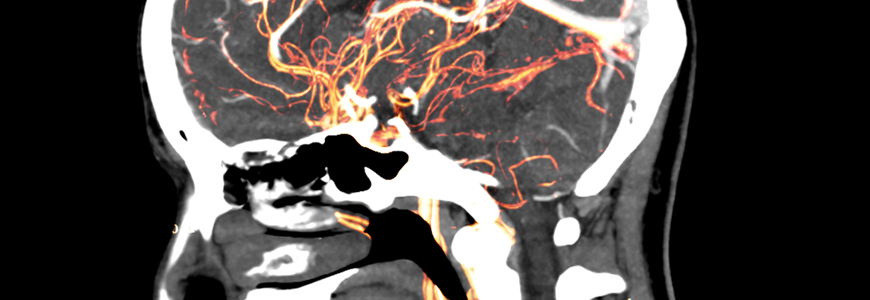Hospital transfers involving patients who experience stroke often delay the initiation of lifesaving endovascular therapy (EVT) and may contribute to worse outcomes for those patients, according to the authors of a study published in January 2019 in Circulation.
Transfers of stroke patients from one hospital to another that offers EVT have increased significantly following several trials highlighting the success of EVT therapy. As a result, many more patients benefit from the procedure.
But outcome after EVT appears to be worse for the patients who are getting transferred from one hospital to another and these differences may be at least partially attributed to longer wait times involved in the transfer process, says lead author Shreyansh Shah, MD, a Duke neurologist and critical care specialist. Shah and Ying Xian, MD, PhD, a Duke neurologist, examined data involving patients who suffered ischemic stroke from more than 2,000 U.S. hospitals listed in an American Heart Association’s Get With the Guidelines-stroke registry. Both Shah and Xian are members of the Duke Clinical Research Institute.
“The most significant message is that all institutions should participate in stroke treatment preparation with specific protocols to create a higher level of collaboration,” Shah says. “That’s the best way to ensure that patients get life-saving EVT therapy as rapidly as possible.”
Many patients affected by strokes may not be able to get the benefit of EVT because they are transported by emergency medical service (EMS) initially to hospitals that lack an angiography suite and the experienced personnel required to perform the procedure. Typically, the technology is available only at tertiary care centers.
While EVT can be effective at these centers, the transfers have consequences. According to the study, patients who were transferred were more likely to develop symptomatic intracranial hemorrhage (7 percent versus 5.7 percent). They were also less likely to walk independently at discharge (33.1 percent versus 37.1 percent) or to be discharged to home (24.3 percent versus 29.1 percent).
Recommendations to Improve Emergency Response
“When treatment is delayed, we too often see a less favorable outcome,” Shah says. As EVT technology continues to expand to an increasing number of regional hospitals, the authors recommend several collaborative steps to improve emergency response and ensure patients are taken to the correct hospital initially.
Responders:
- EMS professionals should use the stroke severity scale to assess the patient.
- When the patient demonstrates a high severity rating—they have a high likelihood of a stroke caused by a large-vessel occlusion, for example—hospital emergency teams and the regional transfer network should be engaged.
Hospitals:
- Physicians should secure a vascular image of the brain immediately upon arrival of patients suspected to have a stroke. Ordering such a scan is not yet routine in most regional hospitals, Shah says.


